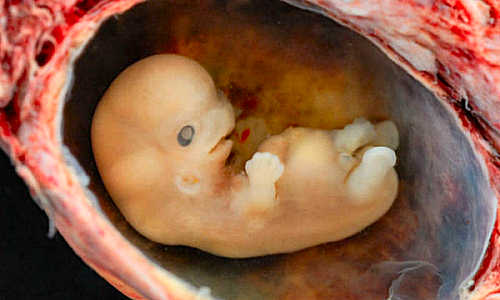Chinese scientists say they’ve genetically modified human embryos for the very first time. The team attempted to modify the gene responsible for β-thalassaemia, a potentially fatal blood disorder, using a gene-editing technique known as CRISPR/Cas9. Gene editing is a recently developed type of genetic engineering in which DNA is inserted, replaced, or removed.
It has been only recently that scientists have had a tool that allows for directly editing a genome—called CRISPR, it allows for removing a single (defective) gene from a genome and replacing it with another one, to prevent genetic diseases. CRISPR has been used to edit animal embryos and adult stem cells, but up till now, no one has used the technique to edit the genome of human embryos due to ethical issues—or if they have, they have not acknowledged it publicly—this effort by the team in China has crossed that ethical line and because of that the announcement will likely incite condemnation by some and stir a new round of debate regarding the ethics of conducting such research.
The researchers report that their desire was to see how well CRISPR would work on human embryos. To find out, they collected 86 doubly fertilized embryos from a fertilization clinic—such embryos have been fertilized by two sperm and cannot mature beyond just a tiny clump of cells, they die naturally before growing into anything. The team reports that 71 of the embryos survived to grow enough for use in the CRISPR experiment. Unfortunately, the researchers found that the technique worked properly on just a fraction of the total, and only small percentage of those managed to relay the new gene properly when they split. They also found that sometimes the procedure wound up splicing the wrong gene segment, which led to inserting new genes in the wrong places—which in normal embryos could lead to a new disease. Additionally, of those that did get spliced and put in the right place, many were mosaic, a term used to describe a mix of old and new genes, which in addition to also leading to a new disease, could lead doctors to misidentify gene splicing results in normal embryos.
The researchers conclude by suggesting that the problems they encountered should be investigated further before any type of clinical application is begun.
Story Source:
The above story is based on materials provided by ResearchSEA.





